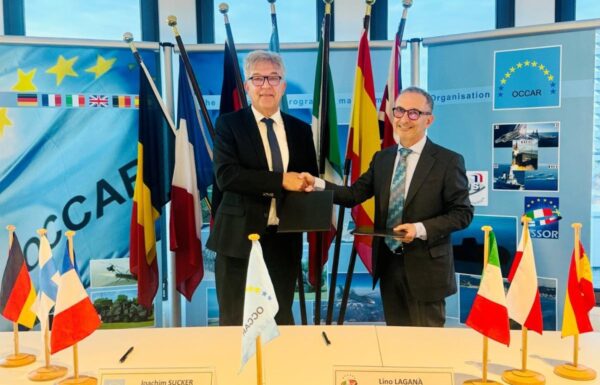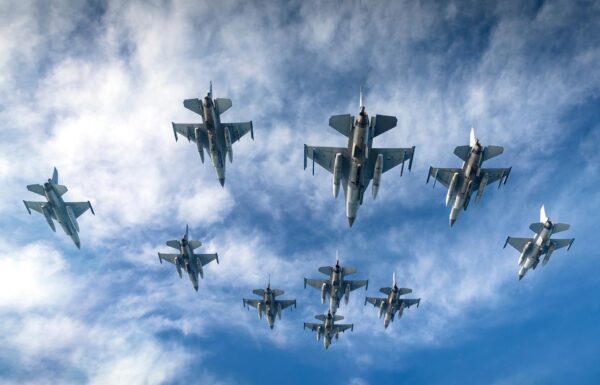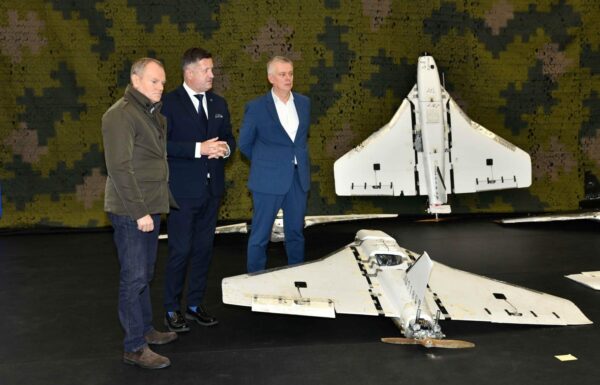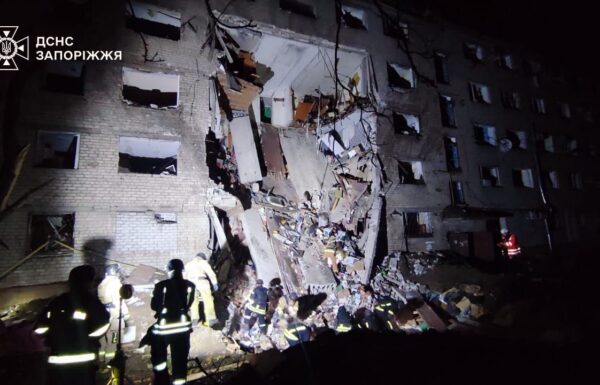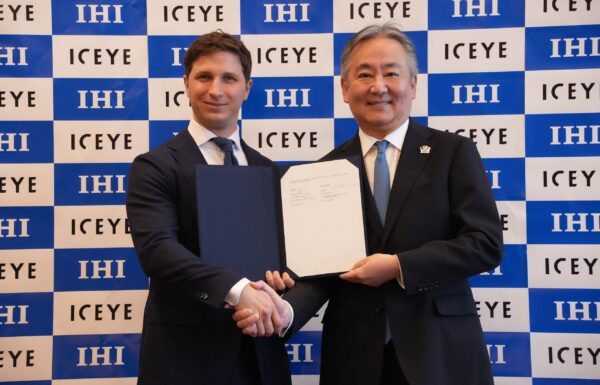On Thursday, July 24, 2025, the American company AeroVironment, Inc., known for developing the renowned Martian uncrewed helicopter Ingenuity, unveiled a potential future concept for its successors under a new family named Skyfall. Once again designed in collaboration with NASA’s Jet Propulsion Laboratory (JPL), the project aims to pave the way for human landing on Mars through autonomous aerial exploration.
Skyfall envisions launching six uncrewed reconnaissance helicopters to Mars starting in 2028. These helicopters would explore a range of sites identified by NASA and industry as the most promising potential landing zones for the first American astronauts on the Red Planet.
During exploration, each helicopter would operate independently, transmitting high-resolution surface imagery and subsurface radar data back to Earth for analysis and interpretation. This information would help ensure the safe landing of crewed vehicles in areas with the highest concentrations of water, ice, and other resources. The data collected by Skyfall could also accelerate the search for answers to the question of whether Mars was ever habitable.
The concept is the first to employ the Skyfall Maneuver, an innovative entry, descent, and landing technique in which six rotorcraft are deployed from a lander capsule as it descends through the Martian atmosphere. By autonomously flying themselves to the Martian surface, the helicopters eliminate the need for a traditional landing platform, which has historically been one of the most expensive, complex, and risk-prone elements of any Mars mission.
The new Martian helicopter concept builds on the earlier success of the Ingenuity mission, which was delivered on time and within budget, completing 72 historic flights in Jezero Crater over less than three years, exceeding flight goals by more than 14 times and durability goals by more than 32 times. True to its name, Ingenuity demonstrated American innovation and leadership in space by achieving the first powered flight on another planet and introducing the speed and data-gathering capabilities enabled by aerial operations on Mars.
“Skyfall offers a revolutionary new approach to Mars exploration that is faster and more affordable than anything that’s come before it,” said William Pomerantz, Head of Space Ventures at AV. “Thanks to a true partnership between industry and government, we’re expanding the unprecedented success of Ingenuity. With six helicopters, Skyfall offers a low-cost solution that multiplies the range we would cover, the data we would collect, and the scientific research we would conduct–making humanity’s first footprints on Mars meaningfully closer.”
Skyfall builds on AeroVironment, Inc.’s experience in multi-domain autonomous systems and its proven capabilities from the Ingenuity program, including the development of a lightweight aircraft structure suitable for Mars’s thin atmosphere. As part of a public-private partnership, NASA’s Jet Propulsion Laboratory (JPL) plans to transfer specific components of its work on Ingenuity to AeroVironment, Inc. for the new mission, commercializing many of the flight-proven avionics systems, flight software, and modeling techniques that successfully operated on Mars.
“Ingenuity established the United States as the first and only country to achieve powered flight on another planet. Skyfall builds on that promise, providing detailed, actionable data from an aerial perspective that will not only be of use planning for future crewed missions, but can also benefit the planetary science community in their search for evidence that life once existed on Mars,” said Trace Stevenson, President of Autonomous Systems at AV. “From ground to air to sea and now to space, our fleet of uncrewed systems is unleashing American drone dominance across all domains and inspiring the next generation of American scientists, engineers, and explorers to ensure that dominance persists for generations to come.”
Both Ingenuity and the Skyfall concept are part of the broader AV_Space portfolio, which includes intelligence, surveillance, and reconnaissance (ISR) systems, technologies and payloads, as well as space operations. AeroVironment, Inc. is a leader in long-range laser communications, offering resilient space communication terminals that are faster, more secure, and consume less power than traditional systems. Its advanced capabilities in ISR, data collection, and rapid analysis enhance situational awareness for clients across multiple domains.
With its BADGER and WASP ground-based phased array antennas, AeroVironment, Inc. is improving and streamlining missions while rapidly expanding command and control capabilities for complex SATCOM, telemetry, and electronic warfare operations.
In alignment with NASA’s goal of launching inspiring Mars missions during optimal launch windows—when the planets are properly aligned—AeroVironment, Inc. has already begun internal investment and coordination with JPL to enable a potential launch in 2028.
Media error: Format(s) not supported or source(s) not found
Download File: https://milmag.pl/2021/wp-content/uploads/2025/07/Skyfall_-_Option_1_Teaser_v.3.1.mp4?_=2Source: AeroVironment Inc.


